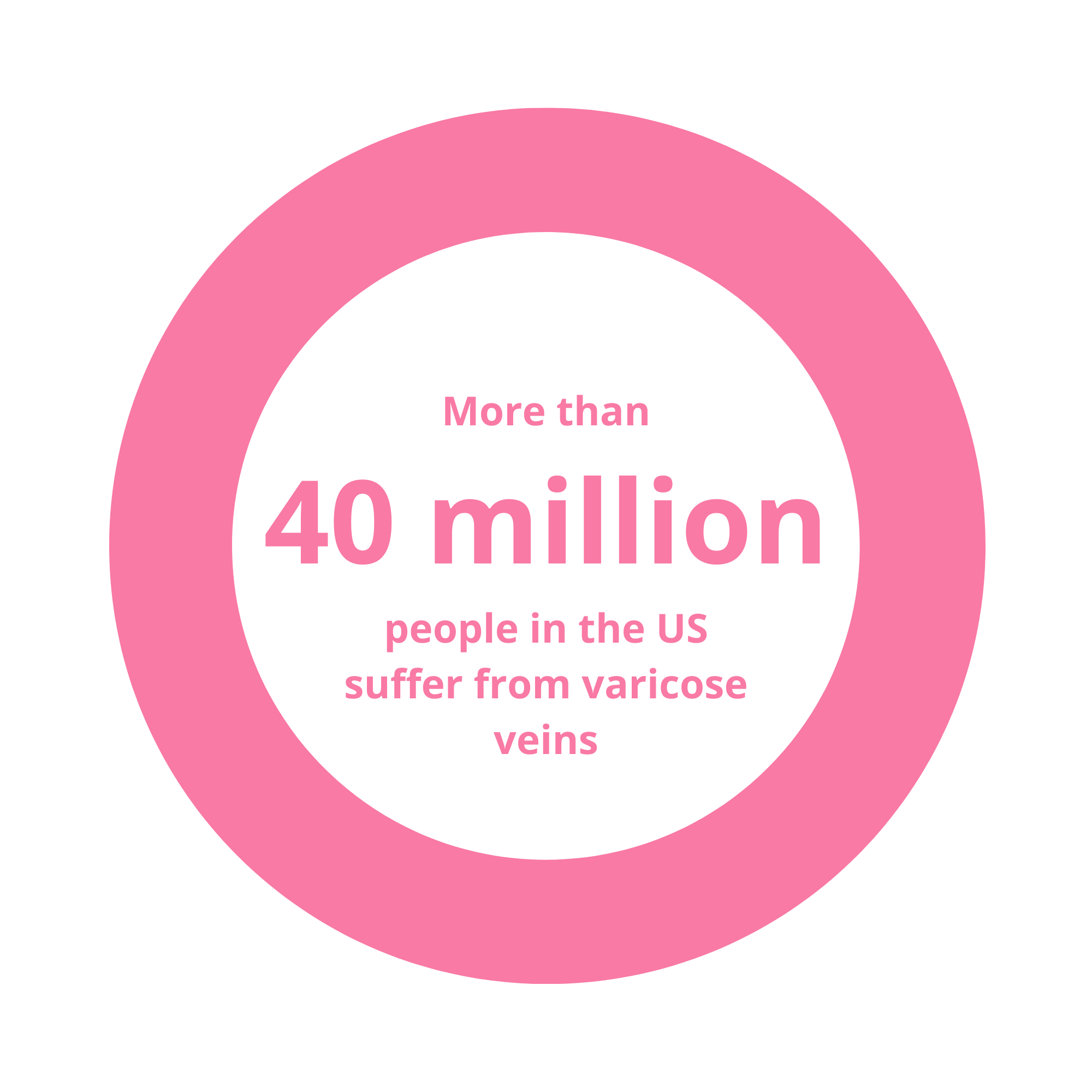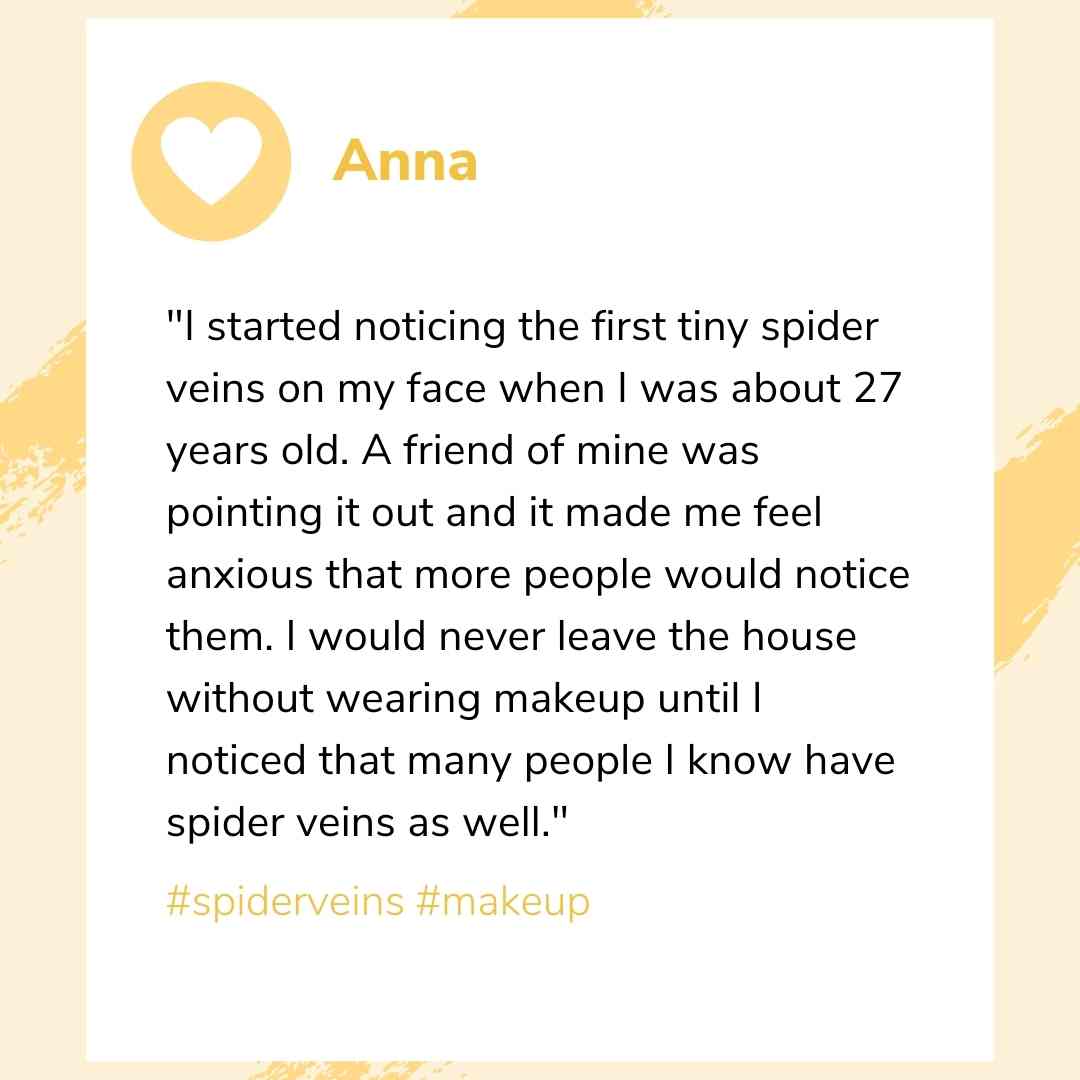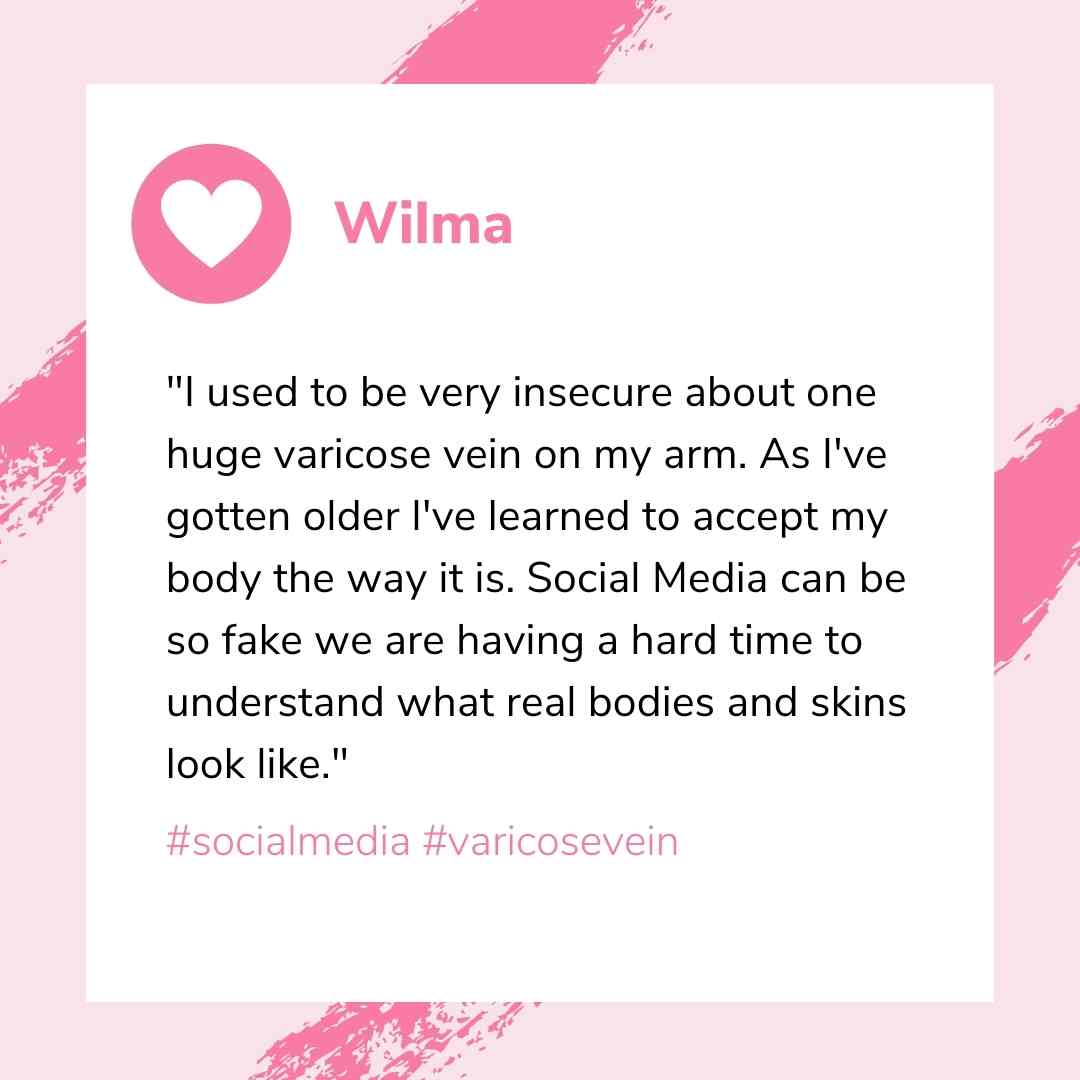


What are veins?
Veins are a type of blood vessel that return deoxygenated blood from your organs back to your heart. These are different from your arteries, which deliver oxygenated blood from your heart to the rest of your body. Deoxygenated blood that flows into your veins is collected within tiny blood vessels called capillaries. Capillaries are the smallest blood vessels in your body. Oxygen passes through the walls of your capillaries to your tissues. Carbon dioxide can also move into your capillaries from the tissue before entering your veins. The venous system refers to the network of veins that work to deliver deoxygenated blood back to your heart. 1
Different types of veins

Pulmonary veins
The pulmonary circuit carries deoxygenated blood from your heart to your lungs. Once your lungs oxygenate the blood, the pulmonary circuit brings it back to your heart. There are four pulmonary veins. They’re unique because they carry oxygenated blood. All other veins carry only deoxygenated blood.

Systemic veins
The systemic circuit carries deoxygenated blood from the rest of the body back to your heart, where it then enters the pulmonary circuit for oxygen. Most veins are systemic veins.
Systemic veins are further classified as being either:

Deep veins
These are found in muscles or along bones. The tunica intima of a deep vein usually has a one-way valve to prevent blood from flowing backward. Nearby muscles also compress the deep vein to keep blood moving forward.

Superficial veins
These are located in the fatty layer under your skin. The tunica intima of a superficial vein can also have a one-way valve. However, without a nearby muscle for compression, they tend to move blood more slowly than deep veins do.

Connecting veins
Blood from superficial veins is often directed into the deep veins through short veins called connecting veins. Valves in these veins allow blood to flow from the superficial veins to your deep veins, but not the other way. 2
Spider veins
Spider veins are small, damaged veins that can appear on the surface of the legs or face. They are usually not painful or harmful, but some people may wish to treat them for cosmetic reasons.
In the legs, spider veins can occur when the valves inside the veins stop working properly.spider veins on the face are often the result of tiny blood vessels bursting. Increased pressure or sun damage can cause this to occur. 3
Varicose veins
Varicose veins are swollen and enlarged veins that usually occur on the legs and feet. They may be blue or dark purple, and are often lumpy, bulging or twisted in appearance. Varicose veins are rarely a serious condition and do not usually require treatment. 4
But please contact your GP if:
- your varicose veins are causing you pain or discomfort
- the skin over your veins is sore and irritated
- the aching in your legs is causing irritation at night and disturbing your sleep
Causes of varicose veins:
- being female
- having a close family member with varicose veins
- being older
- being overweight
- having a job that involves long periods of standing
- being pregnant
- other conditions
Photoshop + Fact Check
Nowadays it’s extremely easy to “erase” our insecurities and “imperfections”. That’s why we photoshoped two pictures for you to notice not everything you see on the internet and on social media in general is exactly how it seems. Remember: People only present what they want you to see!






Stories about veins


Information / Text Sources
What are veins + Different types of veins
1) https://www.healthline.com/health/venous-system#types-of-veins
Spider veins
3) https://www.medicalnewstoday.com/articles/324276#causes
Varicose veins
4) https://www.nhs.uk/conditions/varicose-veins/
Fact Check
5) https://www.thegvi.com/five-celebrities-struggle-varicose-veins
7) https://www.kleinmd.com/blog/5-facts-about-spider-veins
